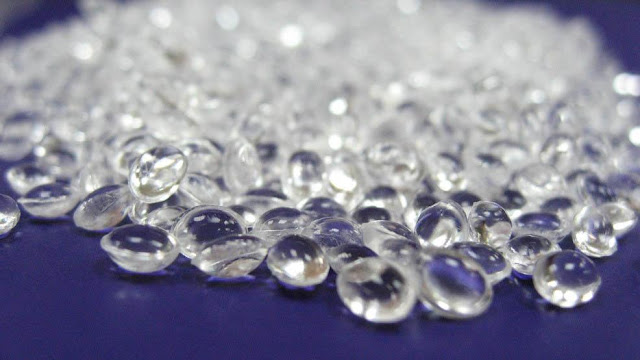Pruritus Therapeutics Market Poised To Reach US$8.39 Billion By 2022 Market Overview And Key Trends
Pruritus Therapeutics Market
Market Overview:
The global
Pruritus Therapeutics Market is
estimated to be valued at US$8.39
Billion in 2022 and is projected to grow at a CAGR Of 4.0% over the forecast period 2023-2030. Pruritus, commonly known as itching, is a dermatological
condition that affects millions of people worldwide. The market for pruritus
therapeutics includes pharmaceutical drugs, topical creams, and other treatment
options targeting the underlying causes of itching. The rise in prevalence of
pruritus, particularly among the elderly population, coupled with the increased
focus on research and development activities, is expected to drive the market
growth.
Market Key Trends:
One
key trend in the pruritus therapeutics market is the growing adoption of novel
drugs and treatment approaches. Recent advancements in dermatology have led to
the development of innovative therapies that target specific pathways involved
in itching. For instance, pharmaceutical companies are focusing on developing
drugs that block specific receptors in the skin to alleviate itching
sensations. Additionally, there is a growing emphasis on the development of
personalized treatments, taking into account the diverse underlying causes of
pruritus.
These trends are driving the market towards increased research and development
activities, with key players investing in clinical trials and partnerships to
bring new pruritus therapeutics to the market. With the rising demand for
effective and targeted treatments for pruritus, the market is expected to
witness significant growth in the coming years.
Segment Analysis:
The pruritus therapeutics market can be segmented based on treatment type,
distribution channel, and region.
In terms of treatment type, the dominating segment is topical corticosteroids.
This is due to their high efficacy in relieving itching and reducing
inflammation. Topical corticosteroids are widely prescribed by dermatologists
for the management of pruritus. They are available in various forms such as
creams, ointments, lotions, and sprays, providing convenience and versatility
to patients. Additionally, topical corticosteroids have a relatively low risk
of systemic side effects compared to oral corticosteroids.
Other notable segments in the pruritus therapeutics market include
antihistamines, calcineurin inhibitors, and analgesics. Antihistamines are
commonly used to relieve itching caused by allergies, and they can be taken
orally or applied topically. Calcineurin inhibitors, such as tacrolimus and
pimecrolimus, are especially effective for treating pruritus associated with
atopic dermatitis. Analgesics, including opioids and nonsteroidal
anti-inflammatory drugs (NSAIDs), are used to manage pruritus caused by
conditions such as liver disease and chronic kidney disease.
Key Takeaways:
The global Pruritus Therapeutics Market is
expected to witness high growth, exhibiting a CAGR of 4.0% over the forecast
period of 2023-2030. This growth can be attributed to several factors. Firstly,
the increasing prevalence of pruritus across various age groups is driving the
demand for effective treatment options. Pruritus is a symptom associated with
numerous underlying conditions, including dermatological disorders, systemic diseases,
and psychological disorders. As the prevalence of these conditions continues to
rise, the demand for pruritus therapeutics is expected to increase as well.
Regionally, North America is the fastest-growing and dominating region in the
pruritus therapeutics market. This can be attributed to the high prevalence of
pruritus in the region, as well as the presence of well-established healthcare
infrastructure and a high level of awareness among patients. Additionally, the
availability of a wide range of pruritus therapeutics and the presence of key
market players in the region contribute to its dominance.
Key players operating in the pruritus therapeutics market include Pfizer Inc.,
Sanofi S.A., Amgen Inc., Almirall S.A, Novartis Pharmaceuticals Corporation,
MC2 Therapeutics A/S, EPI Health LLC, Allergan Plc., Astellas Pharma US, Inc.,
Mylan N.V., Johnson & Johnson, Vifor Pharma group, Cara Therapeutics Inc.,
and Aventis Pharma Ltd. These companies are focusing on developing innovative
treatments and expanding their product portfolios to gain a competitive edge in
the market. The market is highly competitive, with key players adopting
strategies such as partnerships, collaborations, and acquisitions to strengthen
their market presence.




Comments
Post a Comment